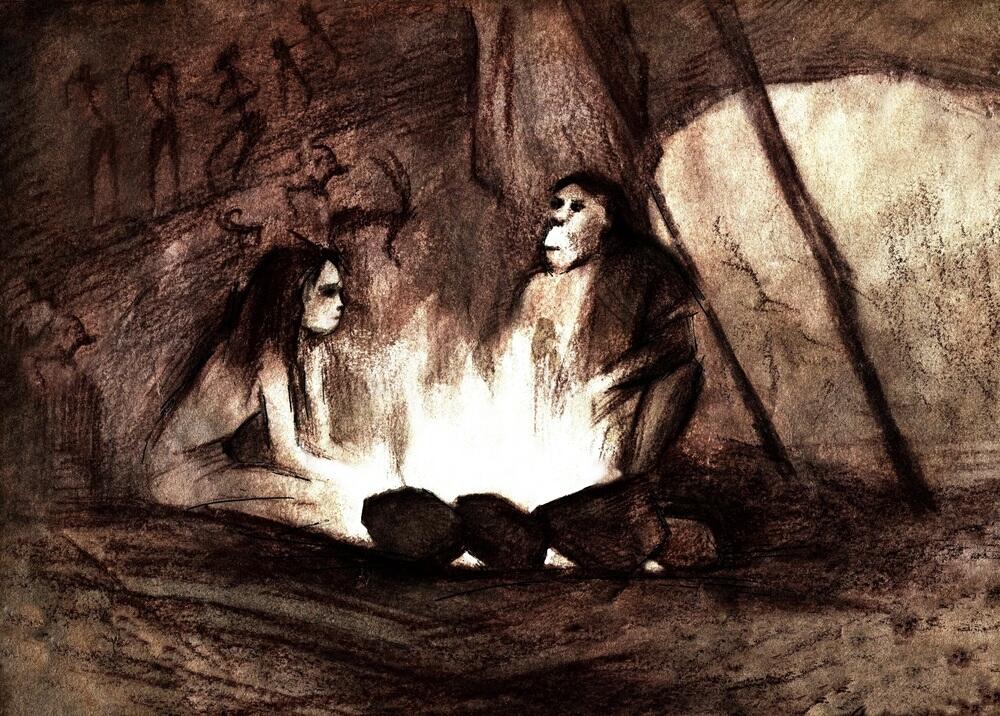Getting your Trinity Audio player ready...
Archaeologists in Spain have developed a new dating technique to estimate time differences between Paleolithic Age hearth fires, providing unprecedented insights into Neanderthal behavior and social organization.
The study, published in Nature, focused on analyzing magnetic minerals in fire pits used by Neanderthals for warmth and cooking food at El Salt in Spain, where they left behind artifacts, including stone tools, animal bones, and ancient human feces, more than 50,000 years ago.
Magnetic minerals found in fire pits can record the Earth's magnetic field orientation, allowing for timestamps and measuring time differences between the fire pits.
The research revealed the fire pits were used over 200 years, with some having decades-long intervals between uses, suggesting sites were visited regularly over multiple generations.
Long intervals between hearth fires provide insight into ancient people's living circumstances across the globe, suggesting they moved and organized themselves in social groups.
The ability to observe changes in human behavior on timescales closer to a human lifespan is a significant development in Paleolithic archaeology, with the potential to reveal new insights into how ancient humans lived, moved, and organized themselves in social groups.
The controlled use of fire dates back to at least 790,000 years. The new dating approach can provide insights into ancient human behavior and social organization.
This article was written in collaboration with Generative AI news company Alchemiq
Sources: Newsweek, Nature, phys.org


